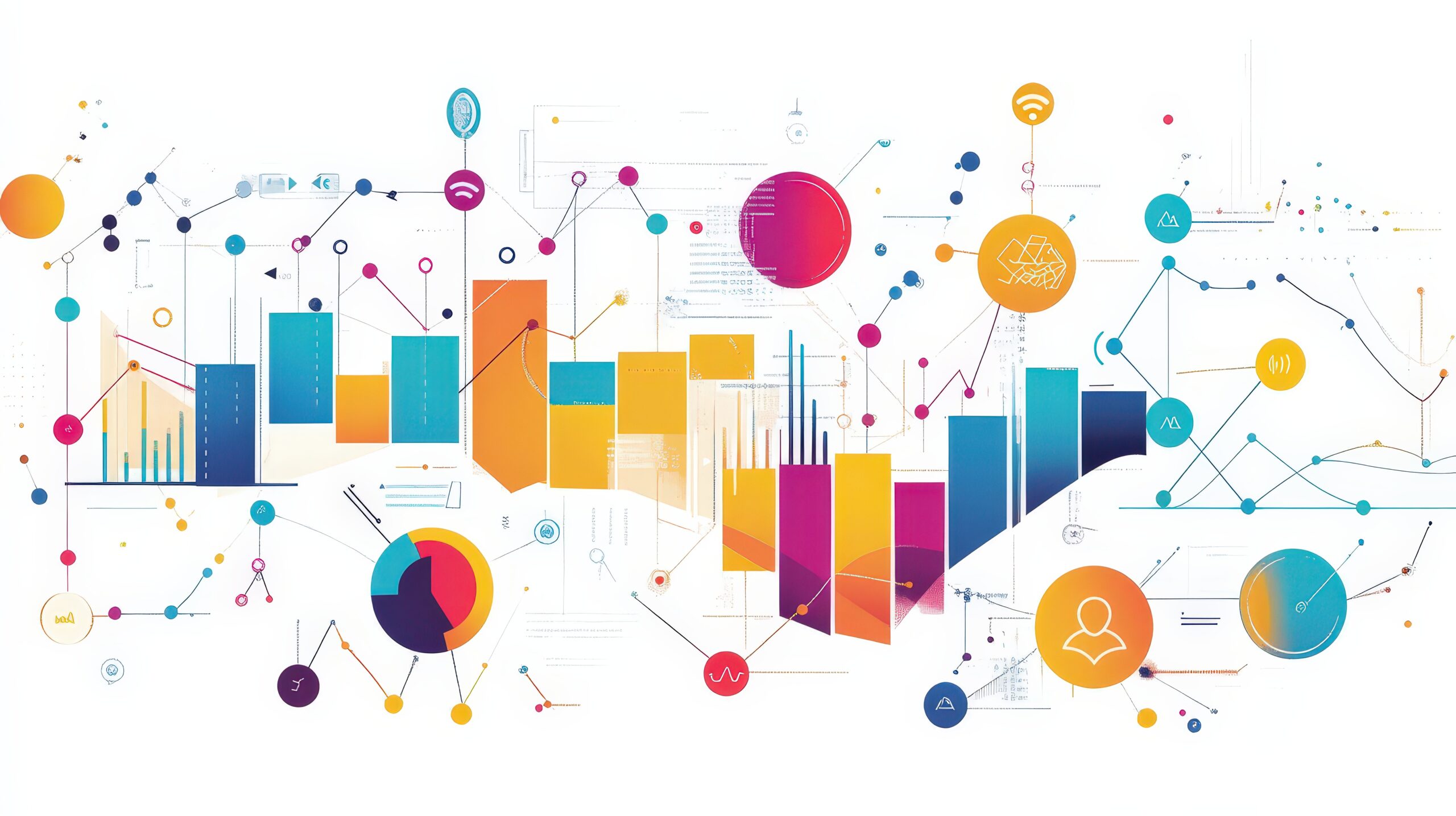Almost all organizations eventually have to replace legacy enterprise content management (ECM) systems.
A more advanced environment allows businesses to improve content management, data integrity, operational efficiency, ensure regulatory compliance and optimize overall system performance.
However, ECM migration can be challenging, and the thought of changing such fundamental infrastructure can cause uncertainty. Fortunately, with Reveille’s proactive monitoring, enterprises can gain complete visibility and control over their ECM environments, making the transition smoother.
In this article, we’ll explore why replacing legacy systems with modern ECM solutions is critical, the top challenges to consider, and how to overcome them.
Table of Contents
- Understanding the Need for Modern Enterprise Content Management
- Common Challenges in Transitioning ECM Systems
- Solutions for Effective ECM Implementation
- Transition to Modern ECM Systems with Reveille
Understanding the Need for Modern Enterprise Content Management
Relying on old technology can result in a business or organization falling behind competition. Outdated systems, especially in ECM, can lead to slower operations, data breaches, lower productivity and poor record and document keeping.
Modernizing legacy ECM systems is a critical component of digital transformation. When a business updates to the latest ECM technology, it can leverage many benefits:
- Advanced analytics and data security features
- More efficient document storage, indexing and scanning
- Improved workflow automation
- Optimized content management strategy
- Strategic enterprise resource planning
- Improved cost-savings
- Access to cloud infrastructure, which allows remote access and mobile accessibility
In addition, with Reveille’s integration for ECM software, organizations can monitor their entire ECM infrastructures, making them more secure and efficient for users.
Reveille provides real-time monitoring to ensure ECM systems perform optimally and organizations have insights into the needed metrics.
Common Challenges in Transitioning ECM Systems
Transitioning ECM systems presents many challenges, and this may cause a barrier to progression.
Here are the top setbacks to consider when simplifying this digital transformation process.
Legacy Systems
Organizations invest considerable resources in establishing ECM infrastructures and developing business processes that work with these infrastructures. As a result, transitioning between systems is challenging, and one of the primary setbacks is porting all the processes and structures that are in place.
With so much dependence on their current ECM solutions, businesses must transition to a modern ECM platform that’s compatible with their existing system, or at the very least, business processes.
Businesses will need to develop a strategy for implementing a new ECM solution and understand how this will impact the legacy system to avoid downtime, slow downs or data loss.
Lack of Defined ECM Strategy
The absence of a defined ECM strategy is a common problem many businesses face, and it can be amplified when moving to a new environment.
Transitioning to a new ECM solution isn’t only replacing the current system with a new infrastructure – companies must have a detailed plan for the overall digital transformation, overcoming the challenges and how they plan to run ECM going forward.
Careful planning requires companies to identify how this transition supports their objectives and overall business goals and how they can measure its success.
Resistance to Change
Employees may refrain from embracing modern ECM systems because they are unfamiliar with these technologies and they may be concerned about how it might impact their current processes.
Learning a new ECM system can seem daunting to users, negatively impacting user adoption.
Businesses must provide extensive training on the chosen ECM solution and new business models, preferably before the change occurs. Further training should be offered to iron out any issues or blockers that are faced as the transition is worked through.
Data Migration
Data migration is a complex, resource-intensive process. Depending on the functionality and compatibility between legacy systems and new ECM solutions, this could be a significant barrier for organizations wanting to transition.
If done incorrectly, migrating data to a modern ECM solution could result in data loss and disruptions to the existing workflows.
While careful planning can mitigate this risk during ECM migration, organizations must test data before and after the migration to determine the loss of metadata.
Security Concerns
Security is imperative in all business systems, and ECM solutions are no different. Handling sensitive data requires organizations to maintain robust security measures to avoid data breaches while transitioning to a new ECM platform.
While the new ECM system may have advanced security features, companies must design and deploy a foolproof strategy to ensure encryption, stay updated with security threats, and prevent compromised data.
The penalties for data breaches and compliance violations are hefty, highlighting the importance of security during an ECM transition.
Solutions for Effective ECM Implementation
These are the top solutions to overcome the barriers to ECM transitioning and achieve successful implementation.
If you are uncertain about what your ECM environment should provide, we put together a list of the top criteria to consider when choosing an ECM system.
Identify Areas for Optimization
Before replacing legacy ECM platforms, identify which aspects of the existing ECM infrastructure experience the most pain points.
It’s easy to get side-tracked with factors that aren’t critical in the long run or implement projects that aren’t impactful in the short term. These mistakes will make data migration difficult and keep users aligned on adopting new ECM systems and how this can help the organization.
Here are factors to consider to identify areas for optimization in ECM systems:
- The flow of information
- The scope of the current content and where it is located
- Possible gaps in information and process
- Current bottlenecks
Prioritizing these aspects prompts organizations to transition to a modern ECM system that can solve these problems and optimize their workflows.
Design the ECM System
Determine what the current infrastructure needs to design a robust strategy for adopting modern ECM solutions.
This goes beyond identifying areas for optimization. Organizations must have a well-detailed plan for creating their transformed ECM infrastructure, what elements need to be changed, and how these changes impact the entire organization and its processes.
Evaluate all the current IT devices and how they align with business objectives in this transition.
These devices include:
- Cloud servers and software
- External servers and software
- Computers
- Smartphones
- Tablets
- Networks, including firewalls, SAN and LAN
Once businesses understand all the different components and devices in their traditional ECM systems, they can determine how to design a new infrastructure to support their transition.
Communicate the Transformed ECM Infrastructure
Once the ECM infrastructure is designed around transitioning to the new system, businesses must communicate these changes with teams across the organization. Failing to do this is a common mistake because employees must understand how their current workflows are impacted and how expectations have evolved.
It’s crucial to remain transparent throughout the transition and help teams stay connected and informed through system exploration and implementation processes.
Here is how enterprises can communicate their digital transformation:
- Conduct regular team training
- Establish channels for feedback
- Share new tools and processes
- Engage in employee communication and experience
This approach can simplify and streamline ECM migration processes for enhanced efficiency and business growth.
Establish Security and Access Policies
While maintaining data security in the transition process is crucial, establishing security and access policies after migration is equally essential.
With Reveille’s agentless monitoring tools for various ECM platforms, a business can access the tools, resources and capabilities needed to ensure content security and industry-specific compliance. This simplifies data security for organizations through automation.
Reveille monitors the modern ECM system 24/7 to detect and remediate security concerns before they evolve into major issues.
Our platform provides in-depth tracking of user behavior and abnormalities, allowing organizations to stay ahead of their security measures. These automation capabilities enable businesses to focus less time and resources on enforcing data security policies and more effort on high-value tasks.
Test the ECM System
Organizations must test these solutions before and after implementing modern ECM systems to evaluate their effectiveness and impact on the existing infrastructure.
Create a test group of users and analyze their feedback to understand how to improve the ECM system and how it can optimize business processes.
These are some of the questions you want to answer in testing ECM systems:
- Does the ECM system require minor adjustments?
- Does the ECM solution meet performance and operational requirements?
- Do users have recommendations that can improve the overall experience?
With Reveille’s monitoring for ECM, organizations can gain complete visibility and transparency into modern ECM systems. They can test server and system performance and how this impacts user adoption and behavior.
Reveille will detect abnormalities and deploy automated remediation techniques before they become red-level issues.
With these capabilities, organizations can spend less time and resources testing software and focus on higher-priority tasks.
Transition to Modern ECM Systems with Reveille
Every enterprise has to update and optimize their ECM infrastructure, and implement new, modern solutions to replace legacy systems.
There are many challenges businesses face to make this transition. However, with strategies in place to overcome these setbacks, like having a well-defined strategy, communicating the ECM infrastructure and establishing safety policies, the transition can be made without operational setbacks.
With Reveille’s agentless monitoring, businesses can gain complete control and visibility over its ECM transition. Our platform monitors ECM solutions in real-time, so organizations can stay ahead of performance and embrace digital transformation. Ready to transition to modern ECM solutions? Get our Reveille demo today.





